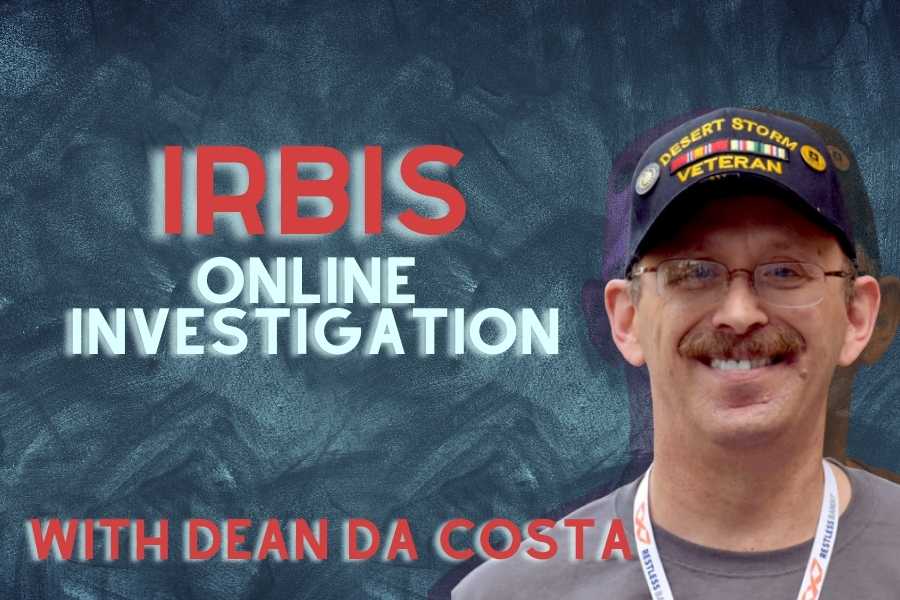In 2021, workplace misconduct caused a staggering $20 billion loss to U.S. businesses, which leaves companies with no choice but to spend substantial time and resources replacing employees engaged in misconduct, such as fraud, violence, and theft. The Society for Human Resource Management (SHRM) reports that replacing an employee can cost a company nearly nine months of the position’s salary.
As the market landscape continues to evolve, selecting the right candidates has become crucial, especially with the rise of remote work. According to a Career Builder survey, 70% of employers are turning to online screening as a method for assessing misconduct risk, especially as in-person interviews are becoming less common. Consequently, companies are tasked with determining how to screen candidates while adhering to compliance standards. This proves to be a difficult feat. After all, there are approximately one billion new pieces of content created online each day. Above all else, the process has serious legal ramifications if done incorrectly – and if they are doing online searches themselves, they are already breaking the law. Worse, 54% of employers surveyed reported that content they found illegally caused them not to hire a candidate.
With that said, organizations can no longer reasonably afford to forego candidate screening in today’s digital landscape. Hiring horror stories – including some recent high-profile C-suite misconduct cases – cost companies millions, as well as diminish employee trust and overall brand reputation. It’s important that candidates not only look good on paper but that they are a good fit – and an online screening helps ensure there aren’t surprises, leading to quality hires who perform well and contribute to overall company culture. Employers, however, must do this in a way that is legally compliant, reduces bias and builds trust both within the company and with potential hires.
How to Improve the Quality of Hire and Stay Compliant
- Internal Alignment: Before posting a job or interviewing candidates, it’s important to make sure your team is on the same page. What should that look like? First, define the role and responsibilities, including specific qualifying criteria. Discuss the hiring process and expectations, including who will be the final hiring decision-maker, who will take part in interviews, the structure of interviews for consistency and what questions are being asked (not only to make apples-to-apples comparisons with your team but also to avoid any illegal questions!). Diversify your panel to evaluate how a candidate interacts with different people and evaluate additional relevant behaviors, including their attitude, timely responses, whether they send thank you notes and anything else of significance.
- Ensure Compliance When Screening: Familiarize yourself with legal mandates, such as the Fair Credit Reporting Act (FCRA), to ensure you are not infringing upon the privacy rights of candidates and exposing yourself to potential legal action. The importance of exercising caution when screening candidates online cannot be overstated; there is a fine line between compliance and going down the slippery slope of invading someone’s privacy. Using a reputable third party to screen candidates is the best way to ensure you protect yourself and potential candidates because they blind you from protected class information, including race, gender, sexual orientation, religion, pregnancy status and/or disability, which are illegal to consider as part of the hiring decision. According to the Equal Employment Opportunity Commission (EEOC), you can’t ‘unring the bell’ and will knowingly or unknowingly use protected information when making a hiring decision.
- Quality Hire vs. Qualified Hire: There’s a difference between being qualified – meeting job requirements, having the requisite knowledge and skill set, and the experience needed – and being a good cultural fit. But what does that mean in practice? It means hiring employees who follow the company code of conduct, and are ethical, engaged and productive. Reference checks of yesterday don’t always give a complete picture of candidates, so in today’s world, it’s important to go a step further. Why? Because it paints a picture of who they are and what problems might potentially arise for your company. After all, hiring a new candidate always carries some risk, at the very least, make it a calculated one. Especially in today’s online climate, everyone has the potential to access – or virally reach – a global audience.
- Beyond the Surface of a Quality Hire: It’s easy to present a stellar resume, provide glowing references, and interview well. But hiring managers need to look deeper at candidates’ backgrounds to make sure there aren’t red flags that could negatively impact your bottom line, your reputation, or have legal repercussions. Candidates whose online activities would be considered in violation of your company’s code of conduct are likely not the right fit because those behaviors could very well bleed into the workplace. Additionally, potential hires who will be involved in any way with your company’s finances should have a clean financial background – the last thing you want is for your company to be at risk for fraud, tax violations or embezzlement claims.
- Quantifying Qualities: While quantifying the quality of potential new hires isn’t always easy, defining data points (and tailoring them for each job position) is important to help your team stay aligned. Checking off skills and experience against the job’s responsibilities is an important first step, but the potential for misconduct should be considered, too. Candidate quality “data points” will certainly look different across industries, job roles and individual needs, but as a starting point, consider your company’s mission, vision and current code of conduct. Having a benchmark for your expectations will save you time and, ultimately, help you from hiring the wrong people from the outset. Pair these with an online screening to go a step further to ensure compatibility.
- AI and Hiring: With the emergence of ChatGPT, deep fakes and other easily-accessible AI tools, companies need to be more diligent than ever with backgrounding their candidates. In addition to the strategic hiring processes HR teams build, integrating hiring technology can create a robust hiring procedure, but the process should never rely on it. As AI technology advances and becomes more accessible it will be easier for candidates to use tools like ChatGPT to pass initial assessments such as behavioral screenings. Using a collection of tech stacks to conduct things like video interviews, pre-hire assessments, background checks and online screening will help safeguard your hiring process. On a narrower scope, adding online screening will help identify potential instances of workplace misconduct through compliance filters and protect you from potential AI-enabled hiring pain points.
As the practice of online screening continues to evolve and individuals’ online presence expands, employers must be knowledgeable about the ethics, logistics and legality of such tools. By respecting the privacy of candidates, focusing on job-relevant data and using comprehensive and reputable screening tools, employers take a significant step towards ensuring that they are hiring the right people and avoiding workplace misconduct. Further, employers must also be aware of the potential pitfalls of online screening and avoid the common yet highly detrimental mistakes listed above.
By improving hiring processes and committing to compliance, employers can confidently navigate the complexities of online screening, making more comprehensive decisions that help them hire the right people the first time. By taking a prudent approach to online screening, businesses can minimize risks associated with workplace misconduct and assemble exceptional teams, helping their organizations grow.
















